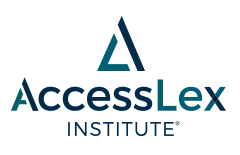
Bar Examinations and Bar Passage
For-Credit Bar Exam Preparation: A Legal Writing Model
Document Type
Issue/Research Brief/Blog
Publication Date
1-2008
Keywords
bar passage correlates, law school curriculum, for-credit bar review courses, skills barriers, bar passage, reading and writing skills, academic success programs
Abstract
Given the ABA's recent decision to permit law schools to offer a bar exam preparation course for credit, schools now have an enhanced opportunity to increase the percentage of their students who pass the profession's all-important licensing exam. For many law schools, an effective means of taking advantage of this opportunity could be a for-credit course focusing exclusively on the written portions of the bar exam and targeting primarily those students whose law school grades place them at the greatest risk of failing the exam. Offering a for-credit course on only the written portions of the exam, in lieu of a comprehensive bar exam preparation course, taps a strength of law schools - teaching the skills of legal reading, analysis and writing. It also leaves to the omnipresent commercial preparation courses what they best provide and what law schools are disinclined or ill-equipped to provide: comprehensive outlines and rote lecturing on substantive law, and practice multiple-choice questions from the Multistate Bar Exam.
Providing a for-credit course specifically on writing for the bar exam makes particular sense at schools whose graduates take the bar exam mostly in jurisdictions that place greater scoring weight on the written portions of the exam, and at schools whose graduates tend to perform better on the multiple choice questions than on the written ones. Both of these factors hold true at the school where I teach, the University of Pittsburgh School of Law, which offers a two-credit bar writing course. Through invitation letters and a priority enrollment procedure, the law school ensures the course includes a large percentage of students whose academic performance places them at higher risk of failing the bar exam. In the course, students write answers to several practice essays and a performance test under test-taking conditions and receive extensive feedback through various means. Initial lay statistical analysis suggests the course has had a positive impact on the law school's bar passage rate.




